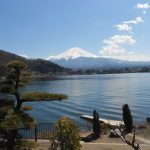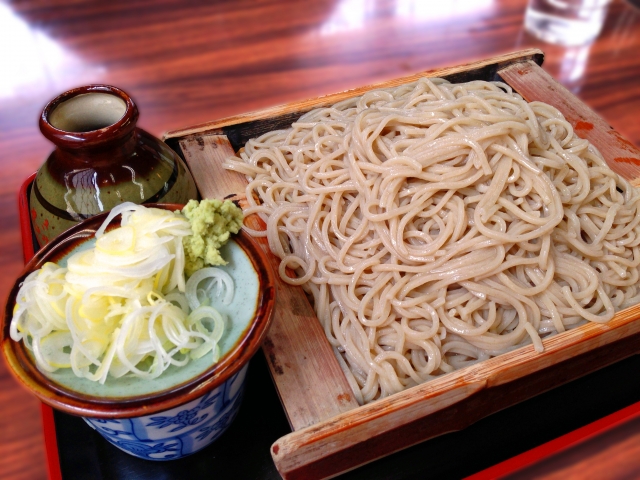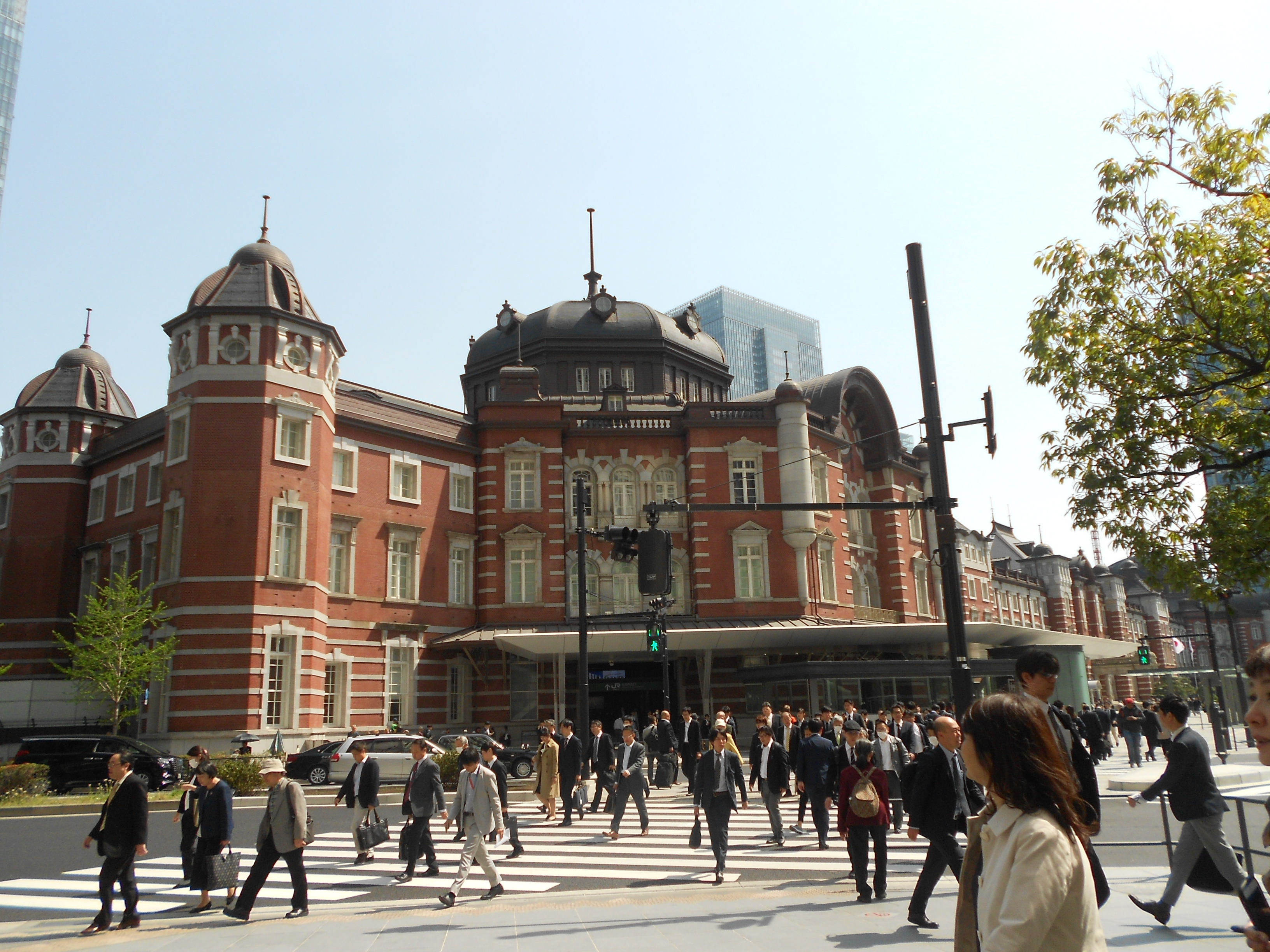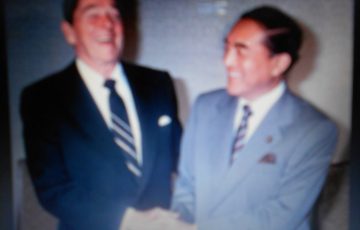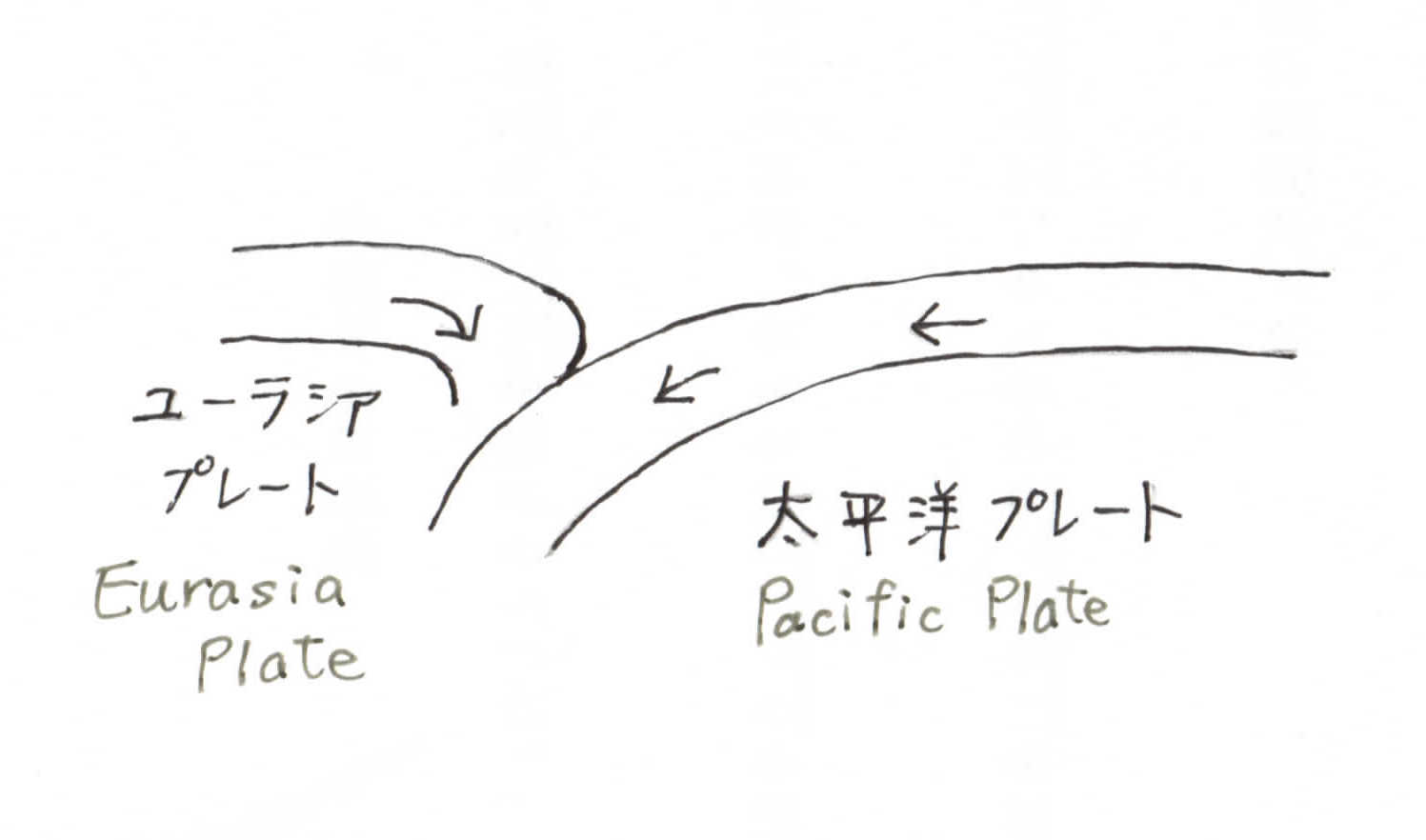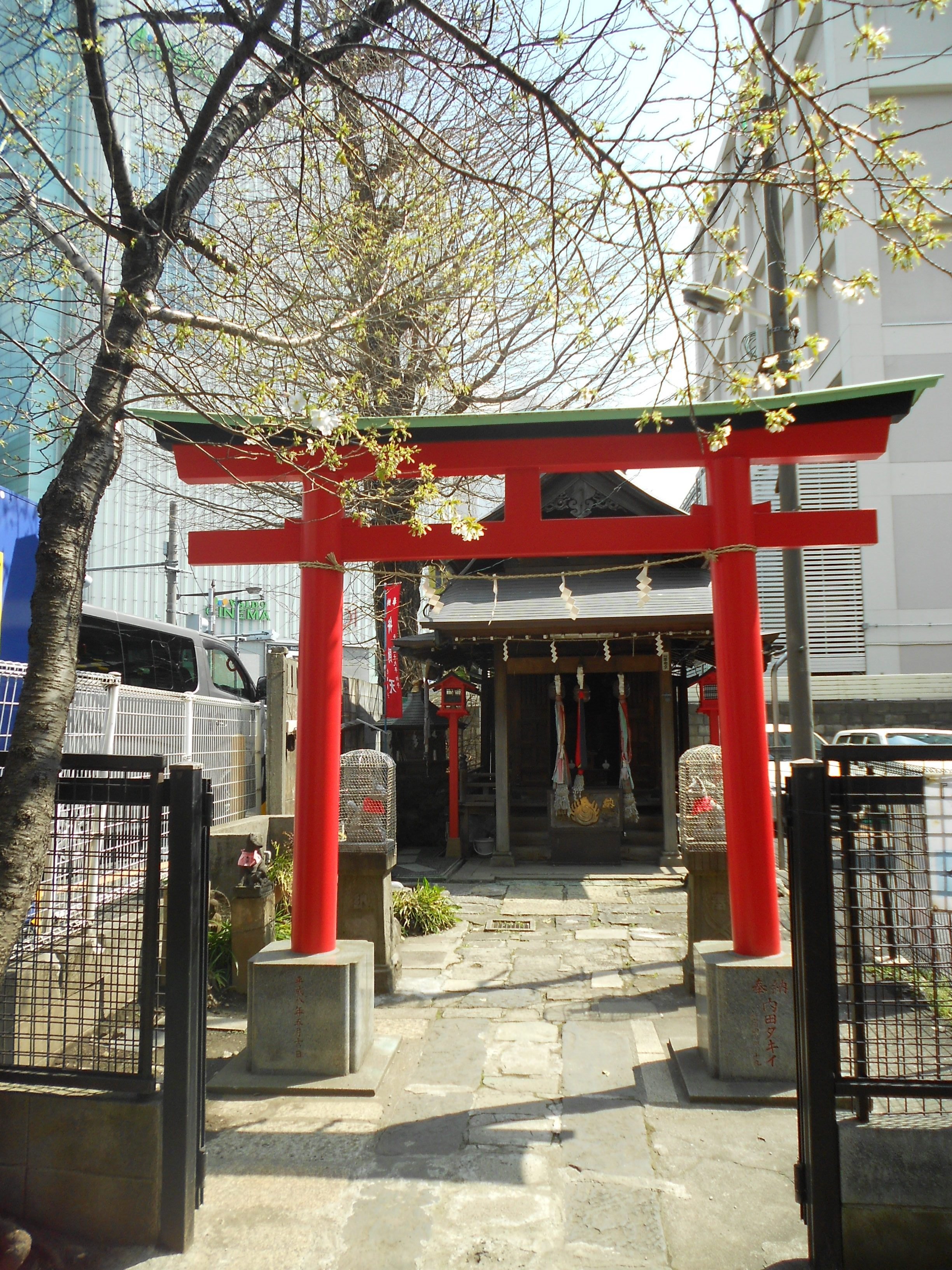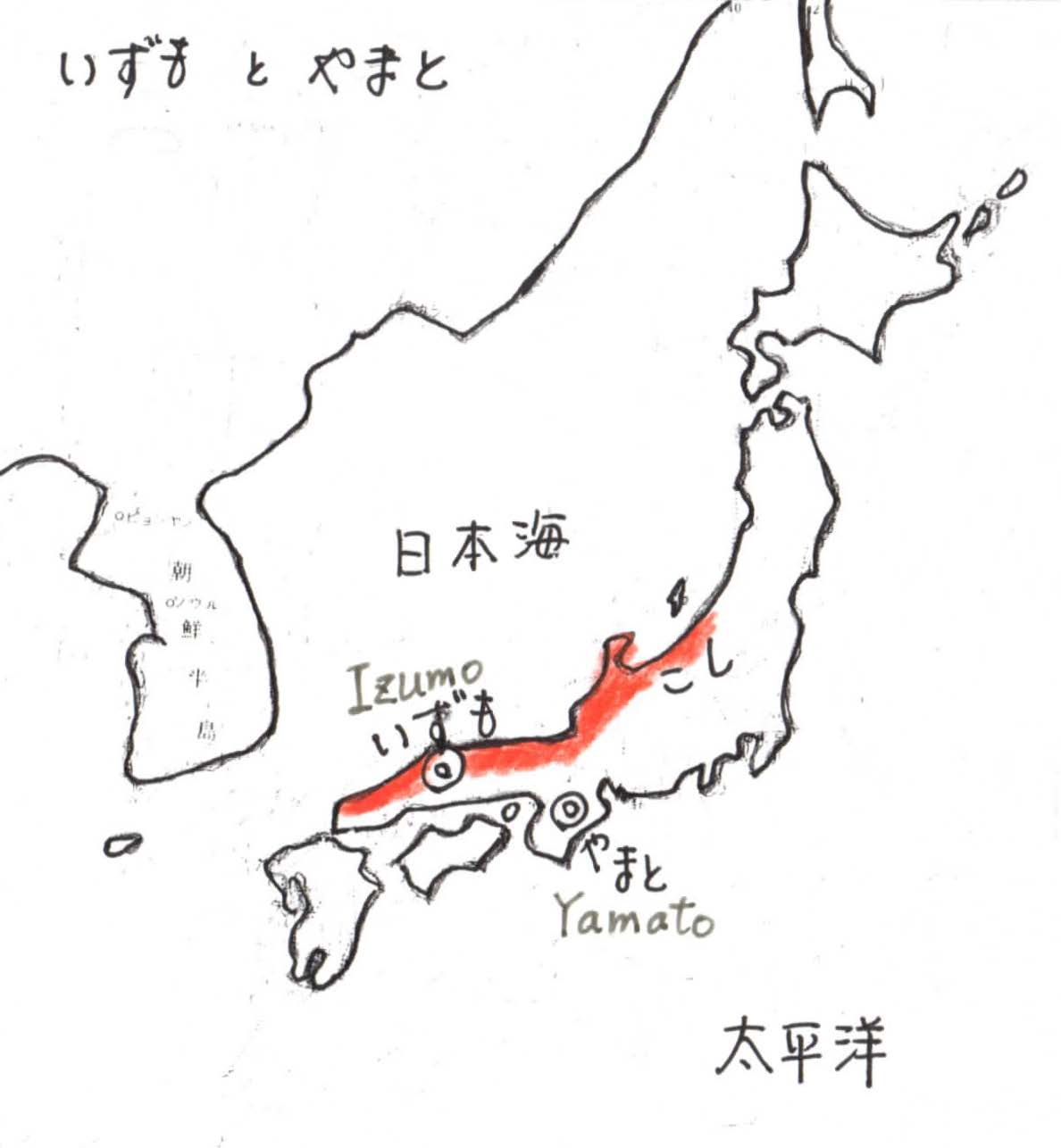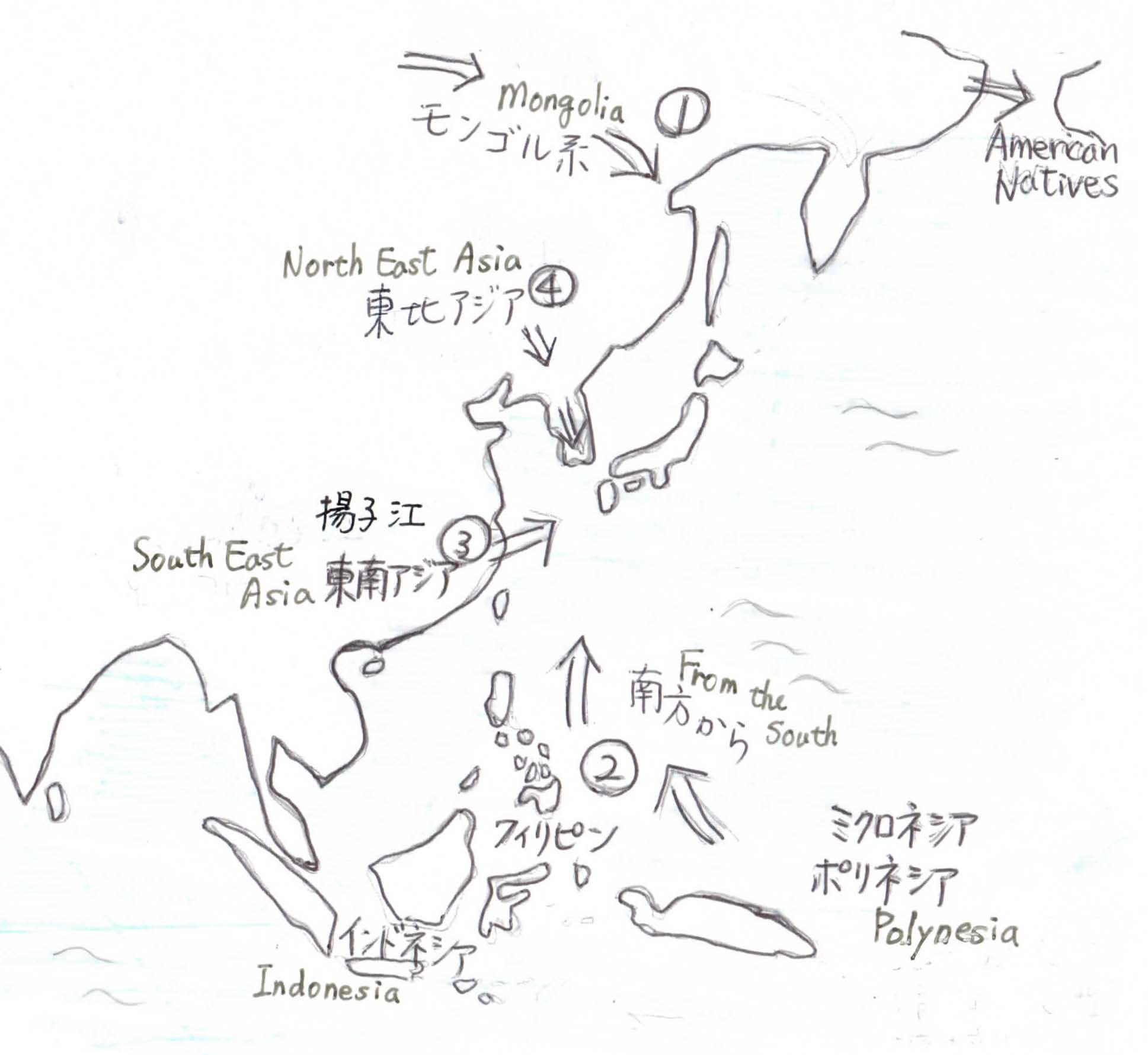There are two subway companies in Tokyo, “Tokyo Metro” and “Toei Subway”.
To make it easier to take the subway, a letter was given to each line and a number to each station. For example, “Nihombashi station on the Ginza line” is represented as “G11”. This change made it easier than before to take the subway for foreign tourists too.

But when you take the lines of both companies, it’s sometimes not easy to transfer, or it’s more expensive. And if you buy “Metro One Day (24 hours) Ticket” from Tokyo Metro, you cannot use it on the “Toei subway”. Why? Why cannot the two companies in Tokyo become one company?
☆ 1 The first subway
The first subway in Tokyo was started by a person named Hayakawa Noritsugu. Having been engaged in the business of the Koyasan railroad in 1910’s, Hayakawa saw the subway in London in 1914, and wanted to make a subway in Tokyo too.
Nobody in Tokyo understood that subways should be built underground. He asked the National Ministry of Railways to help him, but no one there understood his idea. But Goto Shimpei and Shibusawa Eiichi and some others gradually cooperated with him. With their help, he finally finished the construction between Asakusa and Ueno (2.2 km) in 1927. On the opening day, December 30th, 1927, about 100,000 people rode on the subway. After that he extended it from Ueno through Ginza to Shimbashi. (1934)
☆ 2 At the beginning of the Showa era, 1920’s, the private railways in Tokyo such as “Tokyu”, “Keio”, “Odakyu”, etc. were developing steadily
Goto Keita of Tokyu Railway Company developed rail lines and the residential area in the west of Tokyo and made “Tokyu Toyoko line” from Shibuya to the west to Yokohama. He tried to make Shibuya a base station for going to the west area, and he needed to connect Shibuya with Ginza in the center of Tokyo. So he opened another subway line from Shibuya to Shimbashi.
At Shimbashi station he wanted to connect his line with Hayakawa’s “Tokyo Underground Railway”. (*1) Hayakawa did not agree with Goto’s way of business, but Goto bought up the stock of Hayakawa’s company and took it over. This direct subway line started from Asakusa~Ueno~Ginza~Shimbashi to Shibuya. This is the present Ginza line. (1939)

But during the Second World War in 1941, the Ginza line was taken over by the National Ministry of Railways under the wartime regime. And it was named “Imperial High-Speed Transportation Corporation”.
After the war in addition to the first Ginza line, the Marunouchi line, and the other lines were developed one after another. This company was renamed “Tokyo Metro” in 2004.
☆ 3 National Government and Tokyo Metropoitan Government
The National Government’s ” Tokyo Metro” has 9 lines. Later between 1960 and 2000 the Tokyo Metropolitan Government made new 4 lines called the “ Toei Subway” including Toei Asakusa line in 1960.
Former Tokyo Governor Inose worked hard to combine ” Tokyo Metro” and ” Toei Subway” in order to eliminate the inconvenience for the people in Tokyo and tourists, but the National Government never released their vested right. We still have to put up with the troublesome inconvenience of the two subway companies.
Now there is the Bust of “Father of the Subway, Hayakawa Noritsugu” near B6 exit of the concourse that connects the Ginza station on the Ginza Line and the Ginza station on the Marunouchi Line.
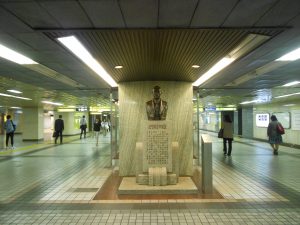
There is the same Bust in the “Subway Museum” in Kasai Station on Tozai line, too.
In a word
The subways which Hayakawa Noritsugu and Goto Keita built with their private money were taken over by the National Ministry of Railways during the Second World War, i.e. “Tokyo Metro”. After that Tokyo Metropolitan Government made “Toei Subway”. The National Government’s “Tokyo Metro” still does not give up their vested right and the two companies cannot become one.
――――( * )—————
*1 Shimbashi station had the two different platforms of the two companies, but they decided to use the platform of Hayakawa’s company. The unused platform still remains quietly as “Unused Shimbashi station”.


